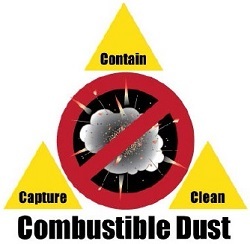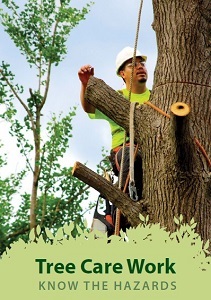
Aedes aegypti mosquitoes, like the one pictured, can become infected when they bite infected persons and can then spread the Zika virus to other persons they subsequently bite.
|
Outdoor workers may be at the greatest risk of exposure to Zika virus in areas where mosquitoes—the main route of transmission—are spreading the disease. OSHA's new QuickCards, available inEnglish and Spanish, provide information for workers about how to protect themselves from mosquito bites when working outside. The QuickCards offer tips on wearing clothing to cover skin, and using insect repellent on exposed skin. The new guidance also links to the most up-to-date information on Zika from the Centers for Disease Control and Prevention, such as potential health outcomes and reproductive effects.





